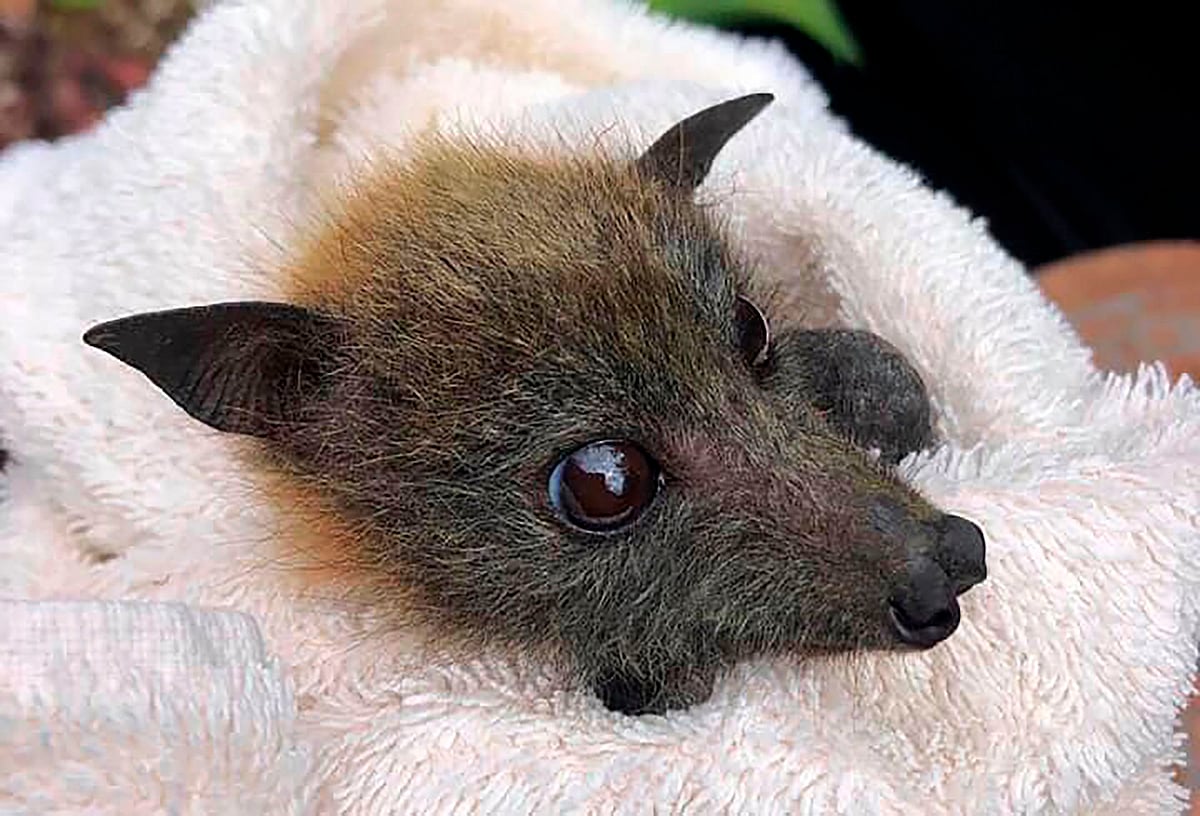Mumbai: Wildlife researchers from Vidarbha have discovered the presence of a rare species of the horseshoe bat in a village in Gondia district. The identity of the bat was confirmed by the Zoological Survey of India (ZSI) recently and a paper was published in the journal of the Bombay Natural History Society in September.
The horseshoe bat, whose scientific name is Rhinolophus lepidus, is widespread in southeast and south Asia and is distributed widely across the Indian subcontinent. Its name is derived from the horseshoe-shaped part below the nose. This species can be found in both dry and moist forests and fringe areas. The Gondia district has a good forest cover and is home to the well-known Navegao-Nagzira tiger sanctuary. The carcass of this bat was found in a cave near this sanctuary in Pratapgarh village, on the outskirts of the village.
A team of researchers, comprising Gopal Paliwal, a zoologist from SS Jaiswal College, Sudhir Bhandarkar, a zoologist from M B Patel College, Shyamkant Talmale, a scientist with the ZSI, Milind Umare, the wildlife warden of Gadchiroli district and Ankur Kali, a scientist, found the carcass of the bat in the Pratapgarh cave. This team has been working for the conservation of bats as their population is dwindling. The carcass has been preserved at the ZSI's Madhya Pradesh office and a research paper about this discovery has been published in the BNHS journal.
The Rhinolophus family is known for being selective about its habitat. It roosts in caves, tunnels, old and dilapidated buildings and temples. Decreasing forest cover and increasing 'cave' tourism may be threatening for this species.
"The research will help open a new avenue for studying bats. Generally people do not observe bats or study them. When the number of this species dwindles, biodiversity is affected and this ultimately affects humans. They eats insects like mosquitos and save mankind. But yet, there is no seriousness in studying them. People are more attracted to studying wildlife like birds or snakes. It is time we batted for the study of bats," said Milind Umare.
The species was found in March 2012 in the course of a survey undertaken near the Pratapgarh cave site, to assess the diversity of bats and it was a while before the specimen could be identified.







